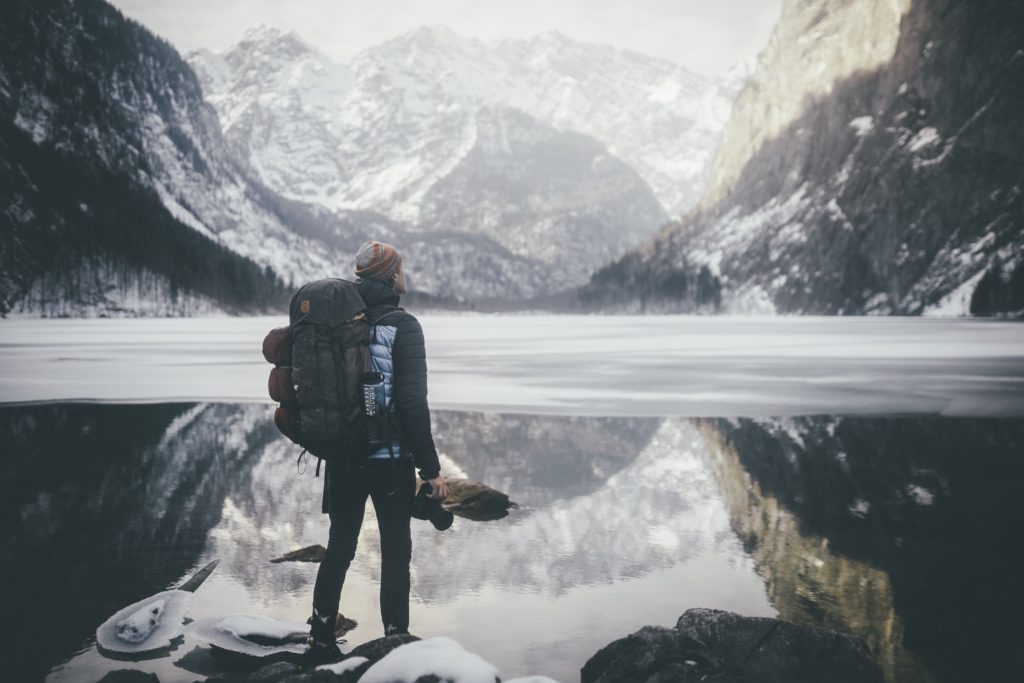© 2020 Nomadict. All rights reserved.
Robin Wittwer
Landscape photographer based in Germany
Together with his friends and family, as a child Robin Wittwer spent some of his most memorable moments surrounded by forests and wildlife. On the treehouses that he built, Robin enjoyed innumerable hours playing and contemplating in full detail the flow of nature. Eventually he became fascinated with the wild.
As he grew older, Robin decided to escape the daily routine and the safety of a 9 to 5 job. He completely switched his life. He grabbed a backpack and traveled to New Zealand where he spent 10 months on the road enjoying the nomad life in a van. Pretty quickly he discovered another of his passions, landscape photography.
In 2015, Robin decided to take more seriously what had been a hobby for a long time. Traveling and photography became an indispensable part of his life and ever since he has been creating art daily.
Although there is a lot of effort and dedication behind every single capture, for Robin there is nothing more beautiful than sharing feelings, thoughts and impressions through photography. This is precisely why his mission nowadays is to travel all around the world to inspire others through his art.
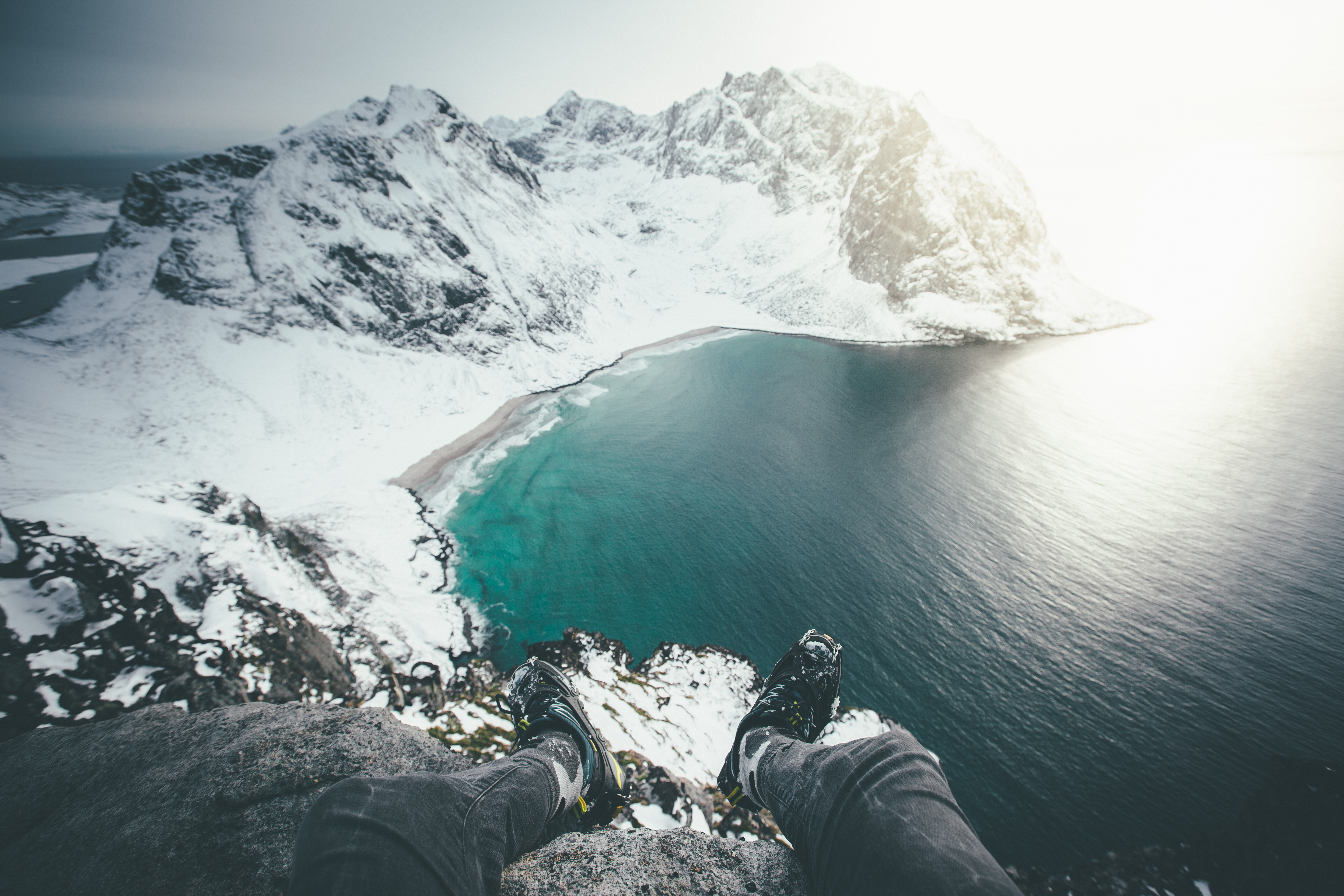
In order to understand better who is Robin as an artist we asked him 12 questions. The following was the outcome!
Welcome Robin! Your first picture on Instagram was posted the 12th of July 2015. Since then you have been traveling a lot! Can you explain to us where does your passion for travel comes from and when was the first time you captured a photo with a DSLR camera?
Hi Alex, thank you for having me! Already during childhood, my father aimed to make the nearby forest as accessible as possible to my brother and I. Most of our free-time after school, we spent here playing hide-and-seek or building tree houses. We enjoyed the silence to hang around with friends or family. Since then, I was fascinated by the purity of nature right around the corner.
In March 2015 right after my apprenticeship as an event manager, I had to escape the daily routine by going way farer and decided to travel to New Zealand for 10 months. Exploring the various landscapes of this beautiful country, combined with traveling and sleeping in my own van, brought me to my deep passion for photography. From that point on, I started to take my hobby a bit more seriously. I wanted to travel and create content on a regular basis to inspire others to leave their comfort zone like I did.
The very beginning of my DSLR photography is a bit funny. My first photo I’ve ever taken with a DSLR camera was back in 2010. I tried to photograph a red flower in our garden with a Canon 1000D but i didn’t manage to get the right focus. After shooting for half an hour, I realized my camera was set to manual focus rather than auto. Since then, this is the first parameter I check before I start shooting.
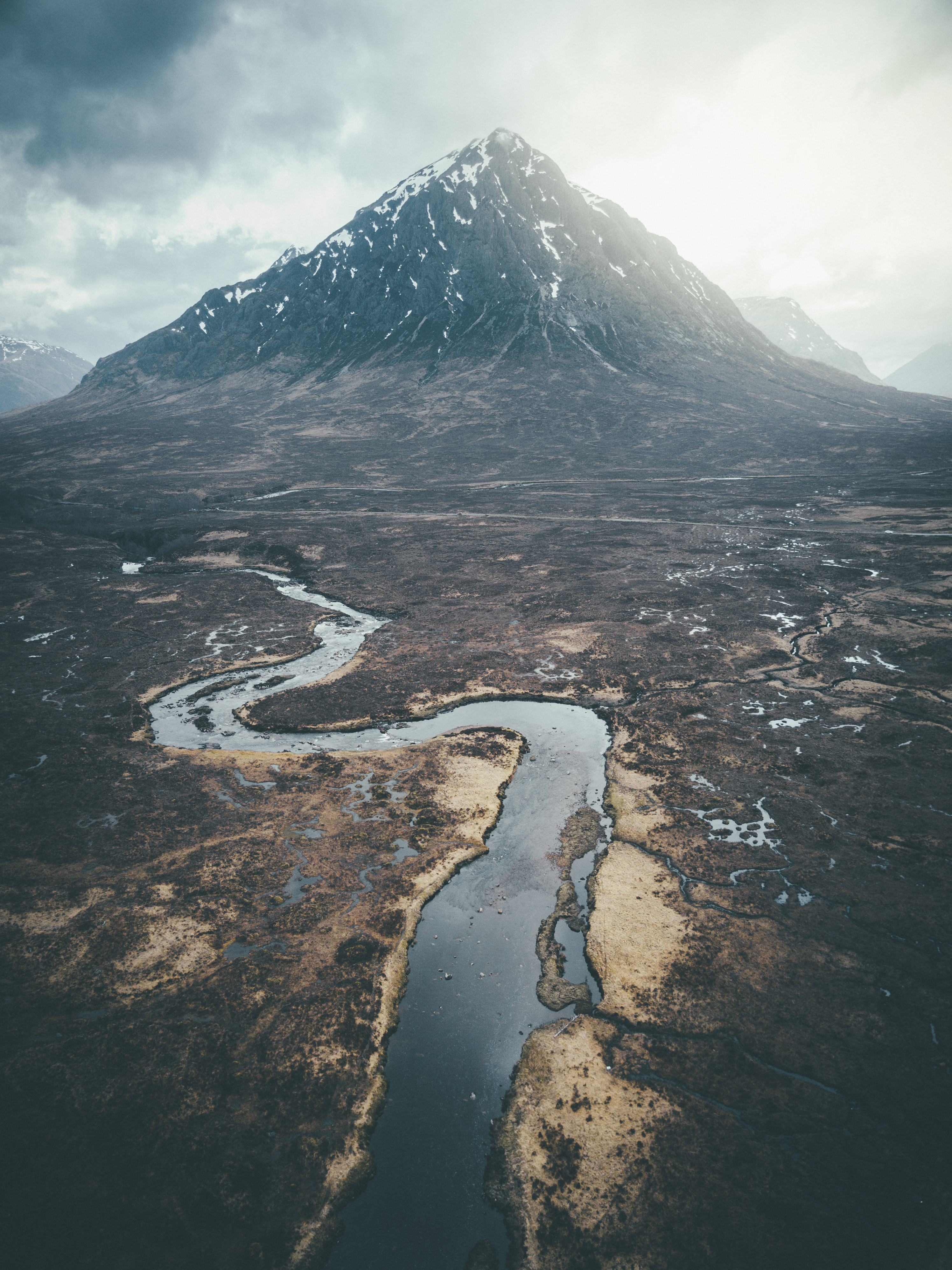
You have a really special and particular way of conveying emotions. How did you develop such style?
That’s one of the most frequently asked questions and honestly one of the hardest questions to answer at the same time. When I started, my photos were way more colorful – probably more into the direction of classical landscape photography. However, with time, my interests in terms of what I want to show and the atmosphere I want to convey changed drastically.
Currently, I’d rather take pictures during the day with hard sun rays, but prefer the softness of moody and rainy weather, especially in the very mornings or late evenings. Besides that, my work as a photographer is in constant development. In order to define and refine my own style I’m trying new techniques. Sometimes I experiment with trial and error on both old and sometimes on new images with completely different composition. During the last years, I became more and more acquainted with Lightroom (the program I use for all my editing work) and figured out which features are really important to me. Nevertheless, I’m convinced that a person’s style doesn’t develop from using a digital program but personal emotions and longtime experience determine what impressions get provoked.
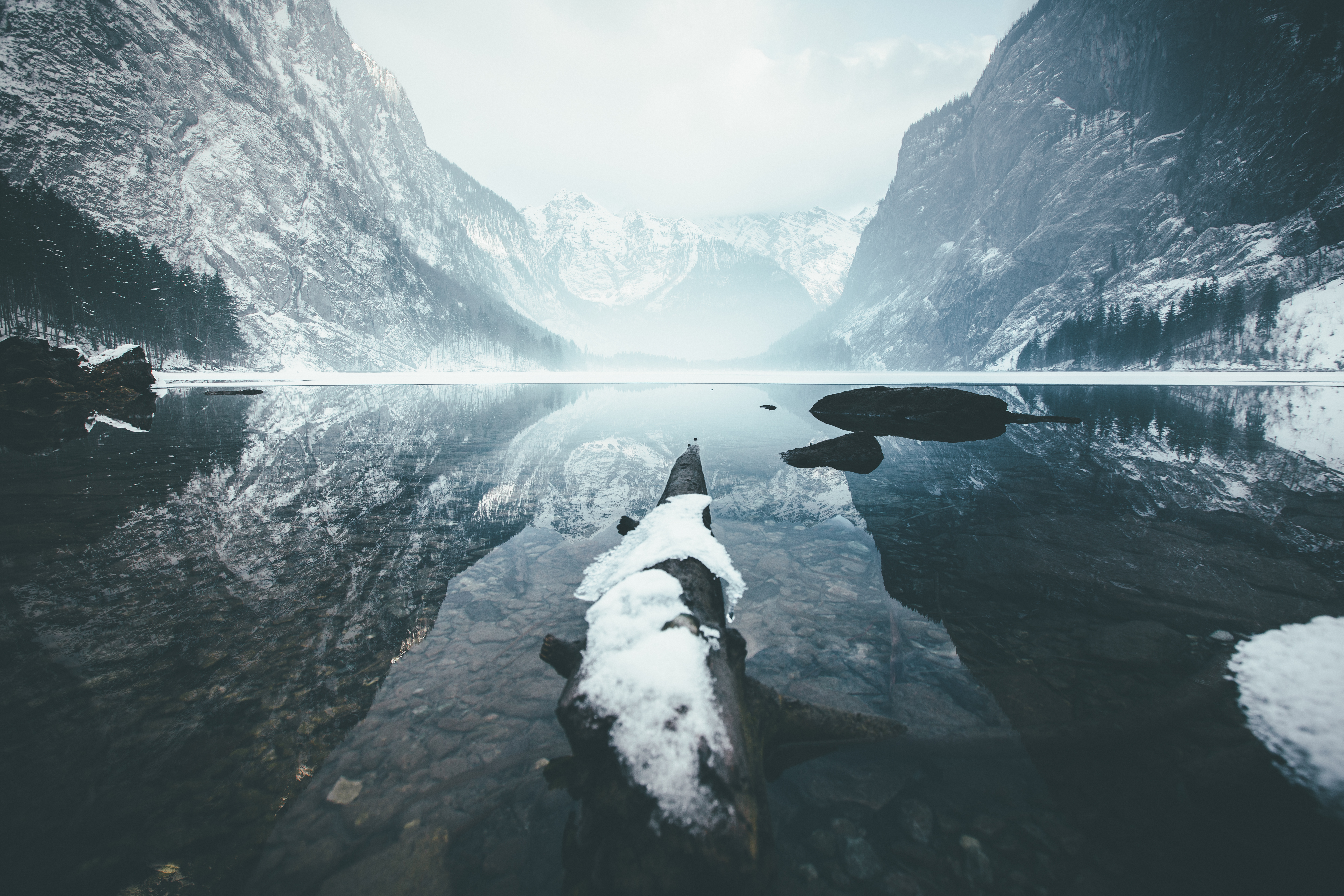
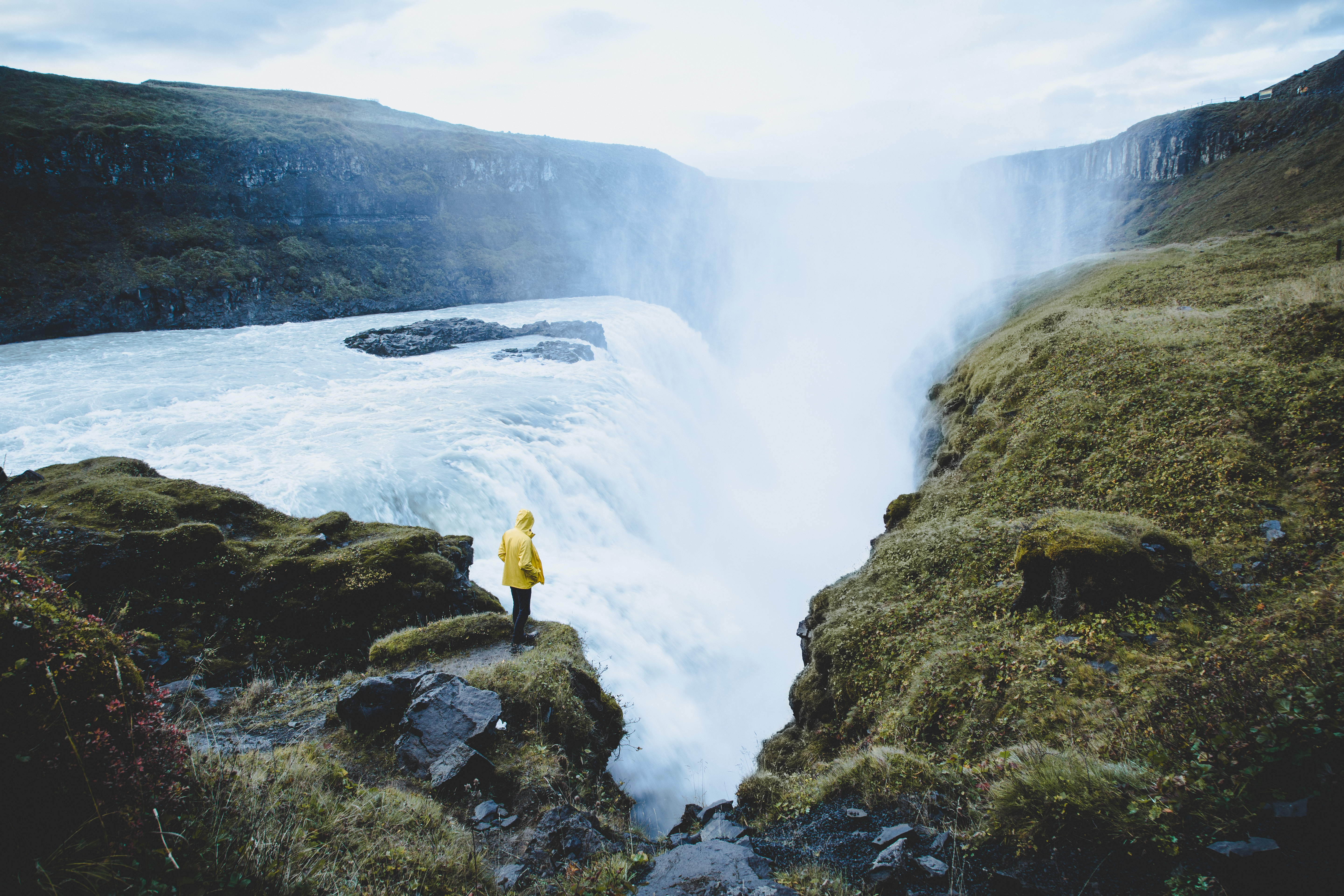
Can you explain to us your editing process with an example?
Sure! Let me explain my editing workflow on one of my favorite Iceland photos from last year. The Seljalandsfoss waterfall was one of the first spots my girlfriend and I shot.
Most of the time, I know how the photo will look even before I will take it. In this case, we’re lucky enough to have a beautiful color gradient with amazing sunset lightning hitting the rocks and dampish grass in the shadow behind the waterfalls. With the catchy yellow jacket in the foreground. My editing process comprises of numerous key steps I apply in mostly the same order. Firstly, I load my master pre-set which covers parameters I’m editing by default like curves, objective correction, image definition (sharpness, focus) as well as minor changes in contrast and clarity. Further editing happens manually. I work a lot with gradient and radial filters to guide the viewer’s eye thus highlighting the image’s details. In the given example I applied gradient and radial filters as well as the brush to enhance brightness, contrast, and depth of the rock face and grass thereby accentuating both. I recapitulate this procedure till I’m satisfied with the background. Secondly, I focus on the foreground. In case of the waterfall image, I carved out the person from the dark background using radial filtering. Gradient filtering served to overexpose the sky. I really like to do, as you might have recognized in many of my images. Another frequently applied adjustment I do is setting vignettes. With a kind of frame, I want to focus the viewer’s attention on what I find important to recognize. So, my final intention is to let your eye wander from the person in the yellow jacket over the waterfall to the background. Did I manage?
How do you sustain a life full of travels? Is there any trick or tip you can share with us?
First of all, photography is not my main financial input. I started as a management assistant in event organization and now I’m an independent event engineer. Nowadays I am lucky enough to get my traveling costs covered by various cooperation partners, but that wasn’t always the case. In the past, I spent a lot of time and money for my hobby and also for my current status. Since traveling was and still is my first passion, I like to spend a lot of effort on it. However, everyone should keep that in mind.
From time to time, I receive messages from people asking “which would be the best camera to enter the community,” and my answer is always the same: the camera you have with you. Neither the prize of your equipment, nor how many features it has. But the most important point is that you keep going. Static practice automatically comes with personal development and enormous joy which in turn results in very good photos.
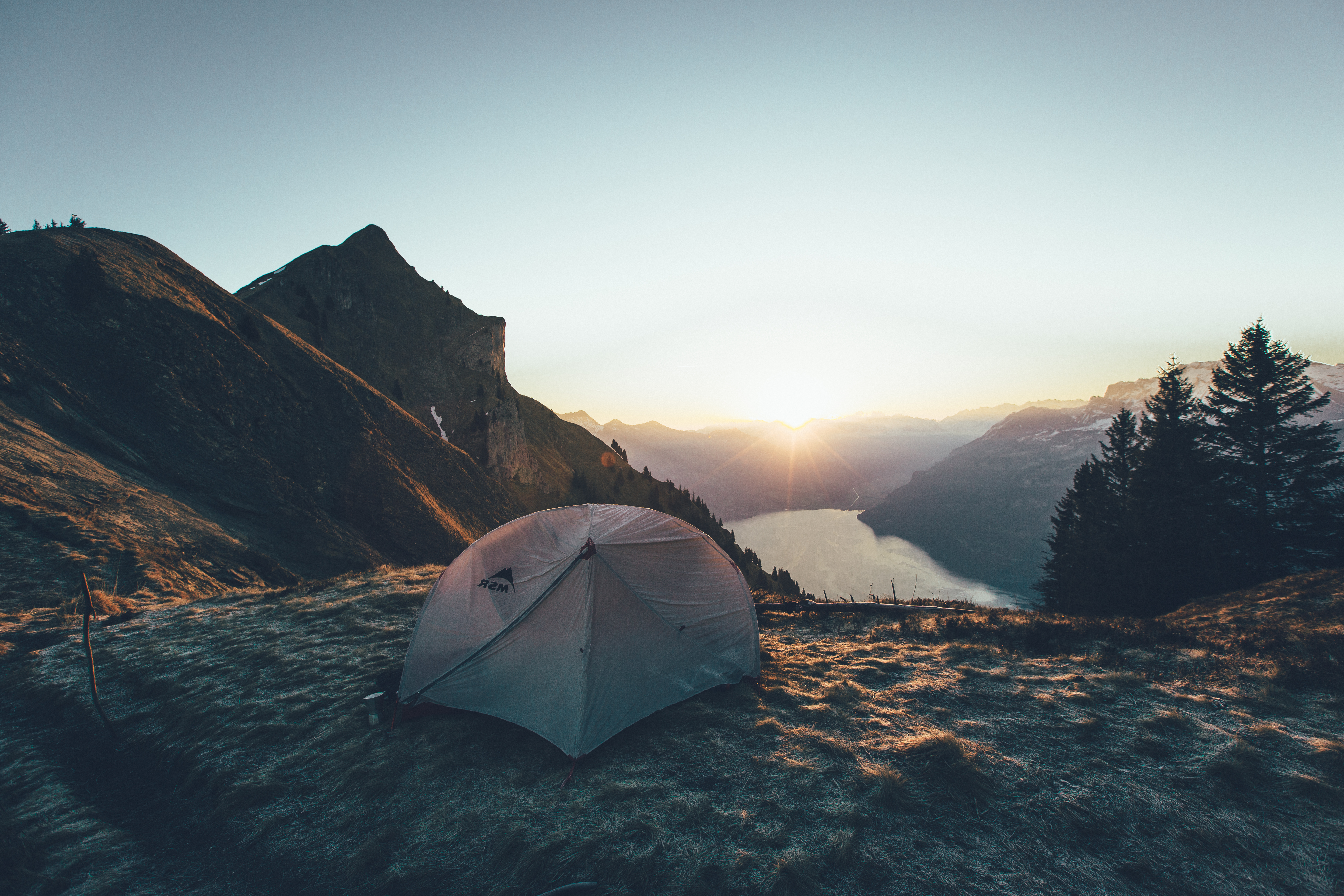
What is your approach when it comes to planning your trip and finding your ideal locations?
Before each trip starts, I research most locations I want to visit via Instagram, diverse photography web pages like 500px, or simply by searching on Google. In addition, I ask colleagues who travelled there before where to go. During my adventures I learned that it helps a lot to collect interesting spots with all central information in an offline map app to have unrestricted access also when traveling in isolated Highlands. However, best tips always come from locals who really know the greatest and sometimes secret spots. I think it is really important to not only work off spot by spot but take sufficient time per location in order to dive into its flair and individual spirit. Trying out diverse angles or image compositions different to those already shot, might also facilitate or capture your own individuality.

There are many landscape photographers sharing real value in terms of visual content as well as written content in Instagram. Yet, they are not able to grow as “influencers”. What are the three strategies that in your opinion allowed you to grow in Instagram?
That’s a really difficult question. I think there is no guidance to become big on Instagram; and maybe with my comparably small account I’m not the right person to ask. However, I’m convinced that algorithms and other things impact that we have no idea about make it really hard to gain ground. Nevertheless, it is of course vital to generate good content and engage with the community. As I see so many really excellent and innovative small accounts – followers and likes don’t tell anything about photographical quality. Every creator should keep that in mind and keep going. I think at the end of the day, persistency pays off.
"And for me, the most important thing: Grab your camera, get out, explore and have fun - do what really matters to you!"

From “regular” Instagram user to “influencer.” What is the one thing that people don’t see along this process?
With an increasing audience, the effort, time but also passion you spend add up as well. Sharing one’s work is really more than laying on the couch and waiting to upload the next image. First of all, photos have to be taken which, as I told you before, means you need sufficient time and money for traveling. As you might also have recognized, the editing process is more than just applying one and the same filter and can take more than one hour per image. Further, desk work includes contacting and exchange with cooperation partners, organization of new trips and cost accounting. To me it is also important that the new image I want to upload fits my current feed so I’m also planning what to post and how to capture it the best what sometimes takes another hour. As soon as I post new content, I am really curious about feedback on my work. I read and answer all the comments or private messages I receive to know what my followers like and don’t like. In total there are many steps before and after you guys see my photos.
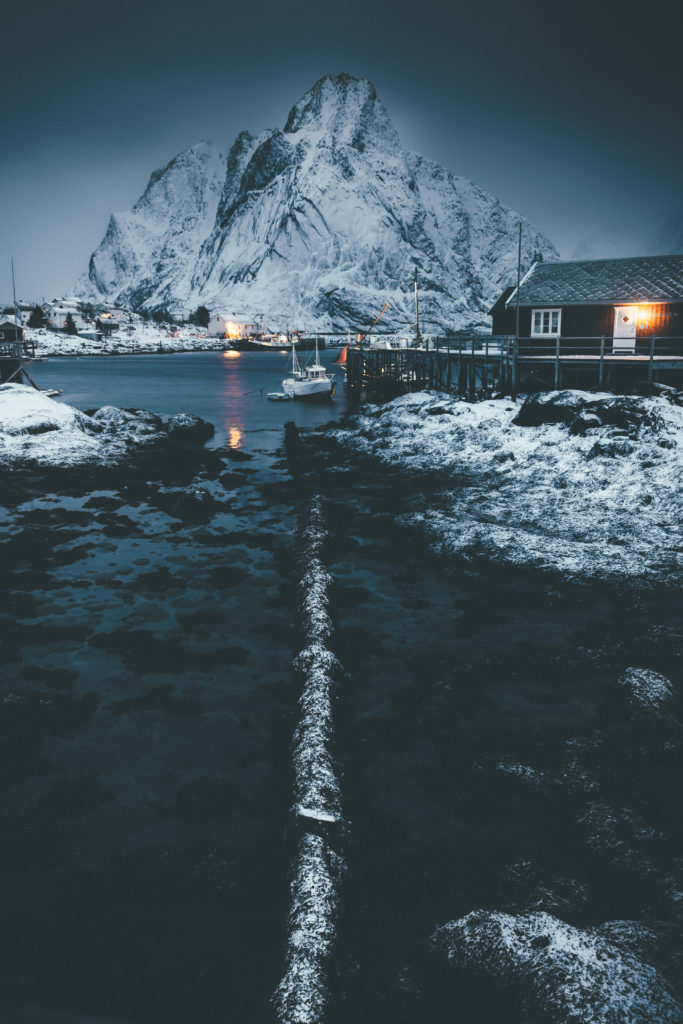
As a photographer, I am sure that you feel attached to all your photos. All your pictures represent unique moments of your life. However, among your works, do you have any picture that you really like? Which is your favorite photo?
Puh, another difficult question. I asked myself that question many times but honestly, I cannot answer it. That perfect photo doesn’t exist. I like a couple of images, as each expresses a special moment in an individual way. Still, I want to show you one of my favorites from the Lofoten Islands. Although the spot was limited in expressive forefront objects, I like that image a lot. It might be the third or fourth evening we spent in Senja and we were lucky enough to share this phenomenon with another. We never saw purple northern lights before, and I cannot put into words what we felt that moment. Nature is simply wonderful.

What is the most beautiful thing that travel has allowed you to do?
I think there is nothing more beautiful than sharing feelings, thoughts, and impressions. It doesn’t matter whether I can share it with my travel partner or later with family and friends viewing my photos.
Imagine yourself at the beginning of your professional career as a photographer. What four pieces of advice would you give to yourself?
Honestly, it is hard to think about any advice I would give to myself as I feel like I still need to learn so much, and I am just at the beginning of my career.
Nevertheless, a piece of advice I would give to my younger self is to change your perspective. One way to ensure an unremarkable photo is to snap a subject straight-on from eye level. Everyone knows this viewpoint already – we interact with the world from this viewpoint every single day. It’s ordinary, often tired and boring. But the fix is easy: shoot from a different vantage!
This can mean:
Change your elevation (e.g. get closer to the ground)
Change your angle (e.g. try straight up or skewed from the side)
Change your distance (e.g. get closer or go farther away)
Second: You don’t have to travel far away – you can shoot in your own backyard! You don’t have to spend a lot of money, or have the right gear, or live the right life. There are beautiful things happening all around you, every moment of the day. Just start noticing those things, and you’ll start developing your visual eye. There are stories everywhere. All you have to do is look.
Lastly and one of the most important things in my opinion:
Make your audience jealous with your adventure photography. Compose an adventure. Photograph in a way that make people want to go where you went, and do what you did.
The overall goal of adventure photography is to get people outside and exploring new places.
Let your audience live vicariously through your photography. When you’re able to do that, you’ve definitely stepped up your adventure photography game.
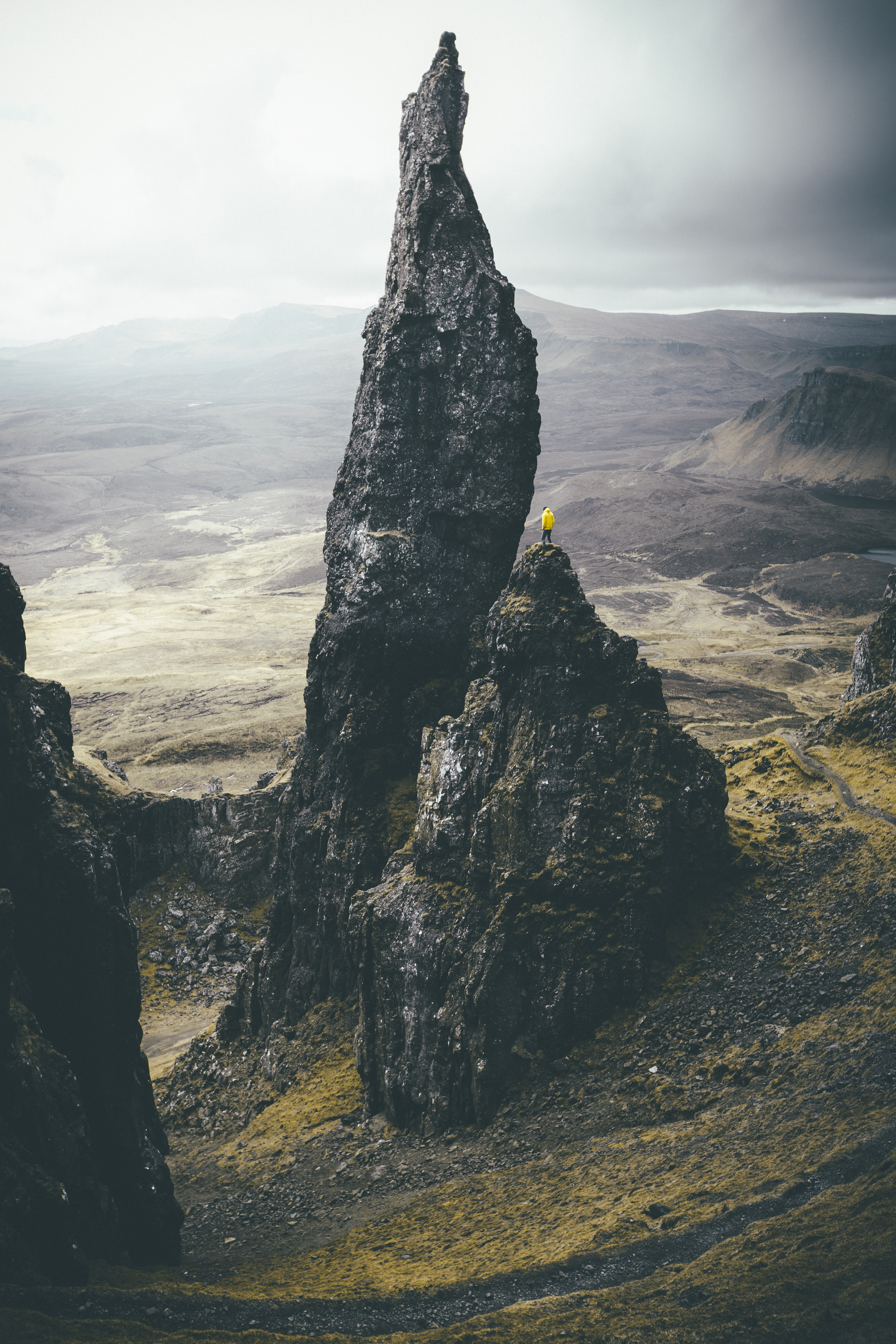
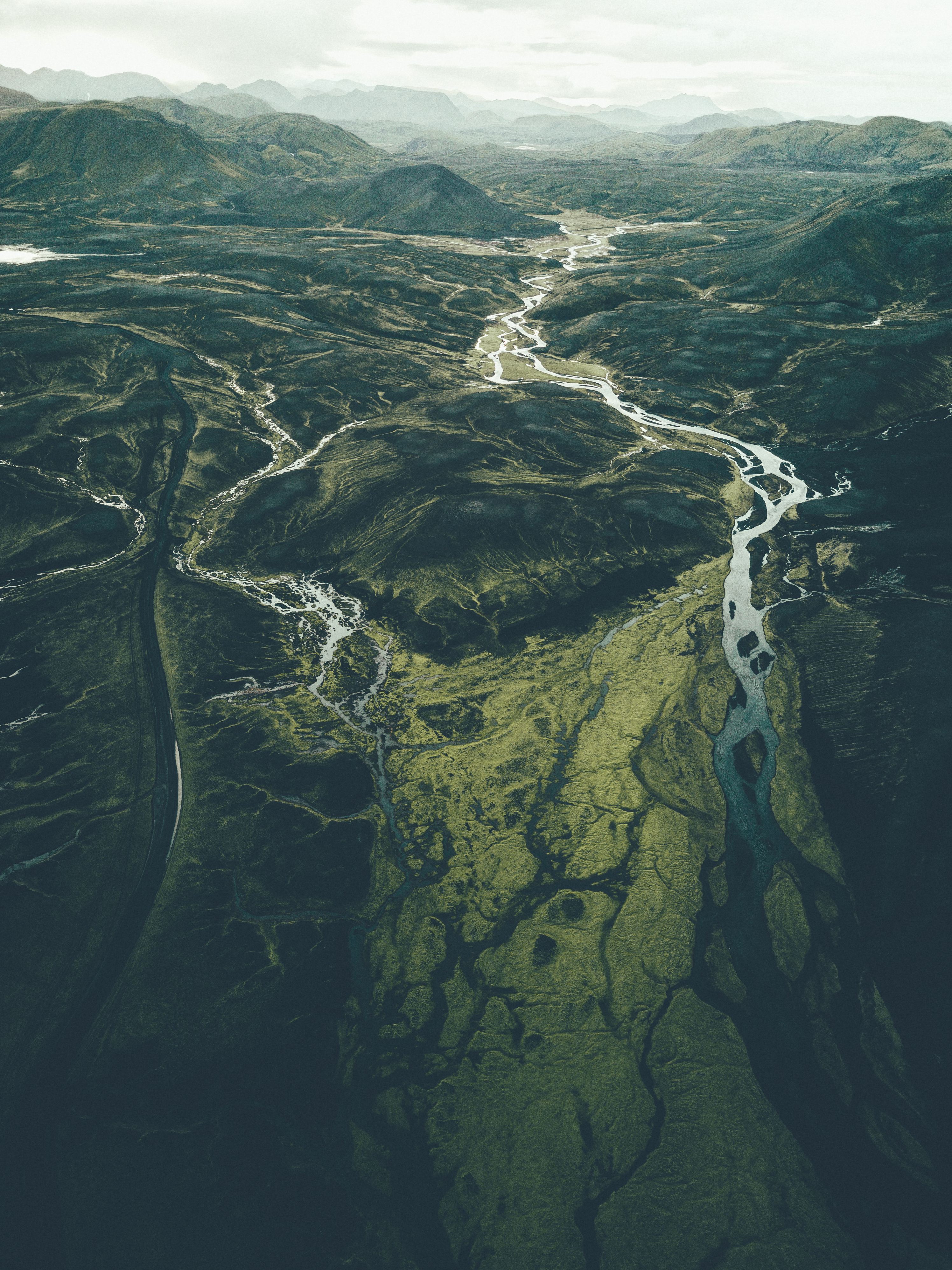
Is there any artist/photographer who has inspired your art? Can you name three?
I see so much incredible work day by day but two of my favorite photographers are Chris Burkard (@chrisburkard) and John Bozinov (@johnbozinov). If you don’t know them, check out their work – it’s incredible!
Any new projects coming up or countries you will be visiting soon?
Honestly, I want to travel the whole world as, in my opinion, each country offers unbelievable places. Thus, there are many more locations on my bucket list and I can tell you my camera won’t stay home!
